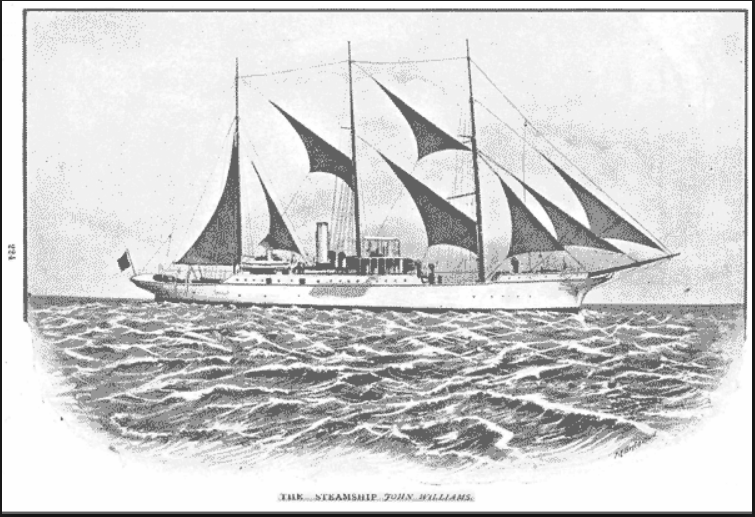
(prior to 1910)
Philipton was established in 1829 as a station of the London Missionary Society, and was named in honour of Dr John Philip, who was Superintendent of the Society's missions at the Cape. A staunch abolitionist and supporter of the rights of indigenous people, his book "Researches in South Africa", published in 1828, antagonised both Dutch settlers and British colonial administrators.
Philipton's first missionary was James Read who devoted much of his working life to promoting the rights of the Khoikhoi. Like Van der Kemp at Bethelsdorp, he scandalised the Cape's social establishment when he married a Khoi woman, and clashed repeatedly with the authorities in their treatment of indigenous people. Accused of "stirring up" the Khoi, he was repeatedly censured and, at one stage, prevented from returning to Philipton after the frontier war of 1834-35.
James Backhouse visited him in January 1839 and reported that: "Philipton, at this period, consisted of a large, plain building used as a chapel and schoolroom, and of humble cottages, occupied by the Missionaries, James Read senior and junior, and of still humbler ones, with a few huts, inhabited by (Khoikhoi), (Mfengu) and other people ... A (Xhosa) interpreter residing here, kept an eating-house, and supplied a basin of coffee, and a slice of bread and butter for twopence." (1844: 184)
During the frontier war of 1850-53 the Khoi residents of Philipton rose in revolt, leading to the destruction of the settlement. Thomas Baines visited the village in November 1851, and commented upon its state of desolation: "We passed the ruined village of Philipton ... Alas, how sadly changed since my last visit! The chapel, in which the late Mr Freeman had then preached, was a roofless and blackened ruin. The house, in which the venerable missionary Read, since also deceased, had so kindly entertained me, as well as the rest of the village, was destroyed, and the only building remaining in its pristine condition was the unfinished chapel, the walls of which had no combustible material about them." (1964: 257).
PLEASE BE ADVISED THAT THIS MISSION STATION HAS BEEN DESTROYED, AND NO LONGER TOO BE FOUND.
Prepared by Franco Frescura